Students at Lakewood Elementary School and Henry B. Gonzalez Personalized Learning Academy have expanded their communication skills in Spanish as well as their cultural knowledge, thanks to a collaboration between the schools through an international exchange program through the University of Barcelona.
Gloria Prieto Puentes, a bilingual teacher at Lakewood Elementary, and her son, Sergi Calavia, an art teacher at Henry B Gonzalez, have brought this international exchange program into their classrooms the last two years.
Prieto Puentes, who is originally from Barcelona and graduated from the university, first heard about the program from one of her colleagues, who shared that the director of elementary schools in Barcelona had started an international exchange program.
After she expressed interest, the university contacted her, and they connected her with the school her students would be collaborating with—the Escola Serraparera, located in Cerdanyola del Vallès.
“The main idea of the program is for students to have communication with students from around the world, as well as do something artistic together,” Prieto Puentes said.
The international exchange between the schools is a year-long program that allows students to work together from October to May. They research and discuss material, as well as create their own art projects together.
The year before last, Prieto Puentes’ students learned about surrealism. This past school year, the students learned about women sculptors because Prieto Puentes and the teacher from Escola Serraparera wanted to highlight women in this art form who don’t always get recognition.
Calavia’s classroom collaborated with Institut Escola Pepa Colomer, which is in a small town outside of Barcelona, as well as Pla De L’Avellà, which is in Cabrera de Mar.
 Calavia’s students also worked on projects centered around art. During the first year of the program, his students took surrealist photos and created a collage. This past school year, students assigned character archetypes to planets in the solar system and created dialogue between them.
Calavia’s students also worked on projects centered around art. During the first year of the program, his students took surrealist photos and created a collage. This past school year, students assigned character archetypes to planets in the solar system and created dialogue between them.
According to Prieto Puentes, the interaction is mainly written, using platforms such as Google Jamboard and Google Docs, however, the classrooms get to see each other at least six times during the school year.
“My favorite part was seeing how the other schools approached their project parallel to ours,” Calavia said. “My students were very keen to find out what part of the project they were on, and how they got there. They were proud to show off their creations virtually.”
“It’s a very nice way for the students to increase their Spanish as well as expand their artistic perspectives,” said Prieto Puentes. She feels both classrooms, here and in Spain, benefit from this cultural exchange in numerous ways, and the program has been well received by the parents at Lakewood and Gonzalez.
Last month, she traveled to Barcelona and met the students and the teacher who participated in the program. Both Prieto Puentes and Calavia plan to continue with this program this upcoming school year, as they see the value and importance of this work.
“I think the biggest takeaway for my students was them seeing that there are kids in another part of the world that aren’t so different from them,” said Calavia.
“In their pen pal exchange, the misconceptions they had about Spain resulted in some humorous and eye-opening moments. I look forward to exploring more ways to bridge ideas between our school, Henry B. Gonzalez, and other international schools,” he added.
For more information on the international exchange program, or if you’re interested in bringing this program to your school, contact Prieto Puentes at gprietopuentes@dallasisd.org.

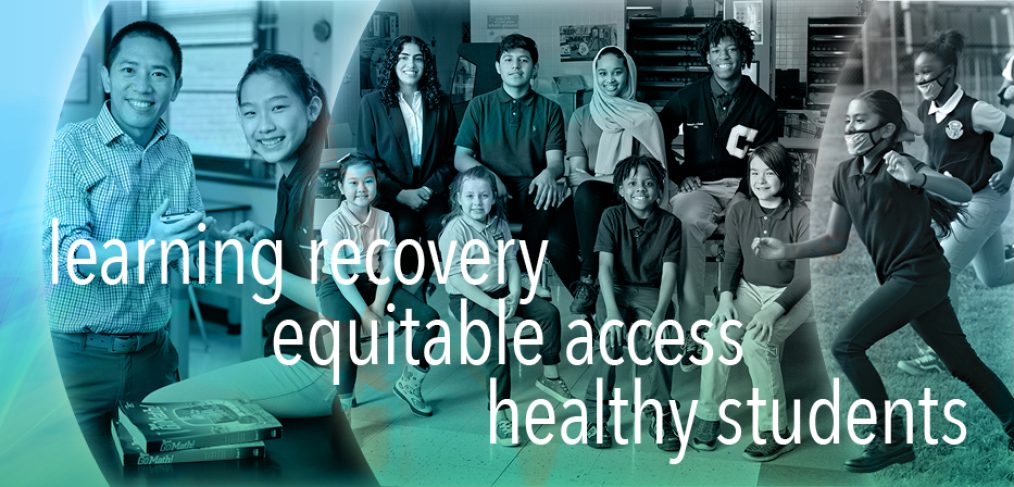
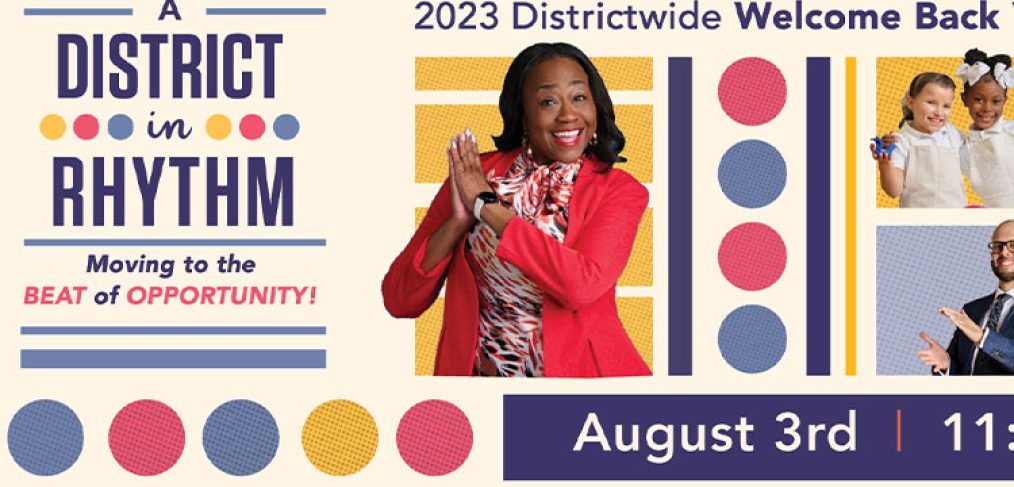
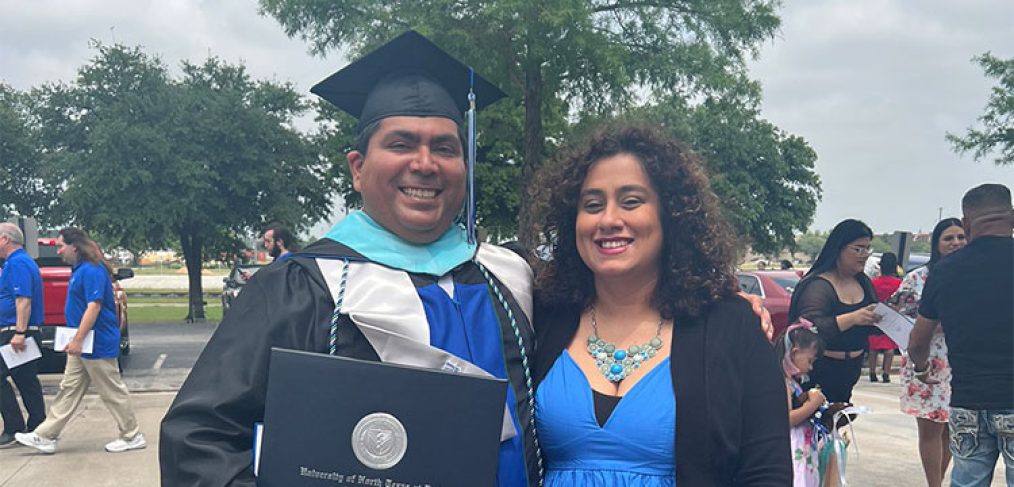
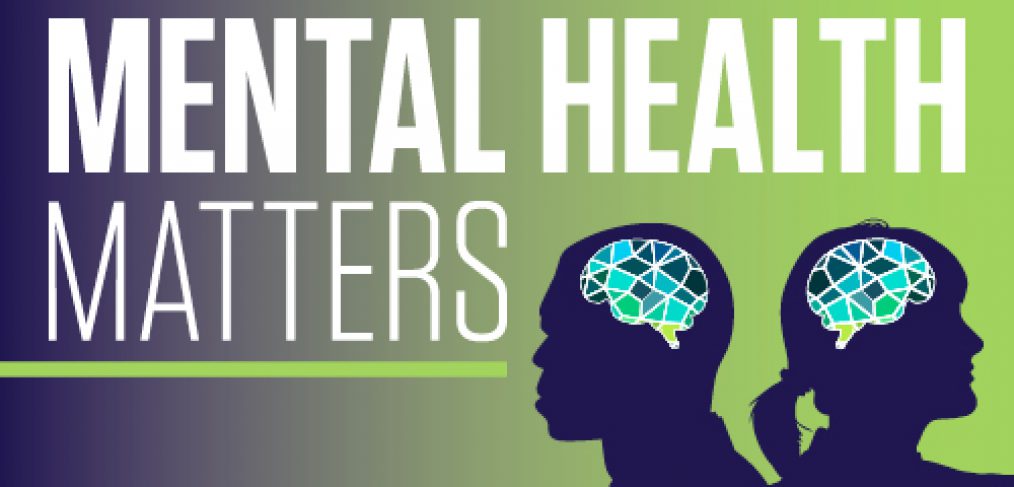
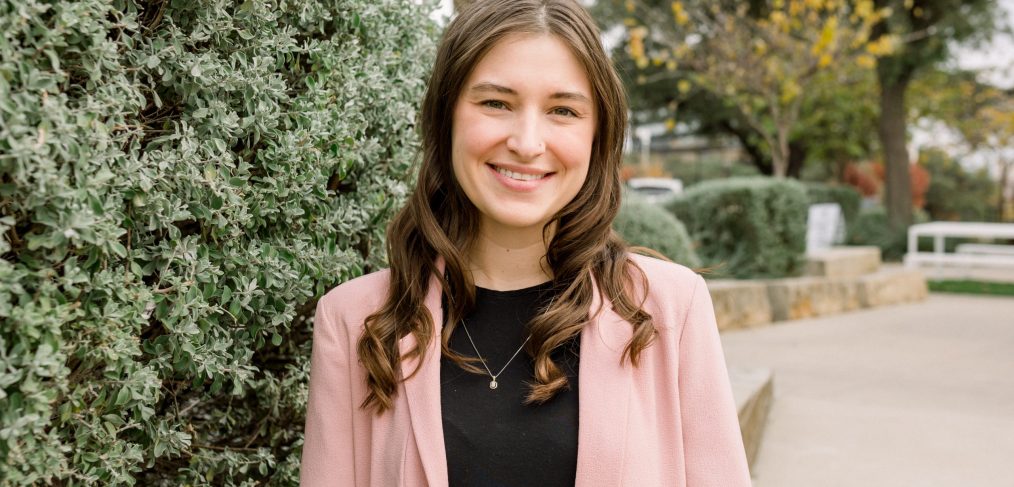
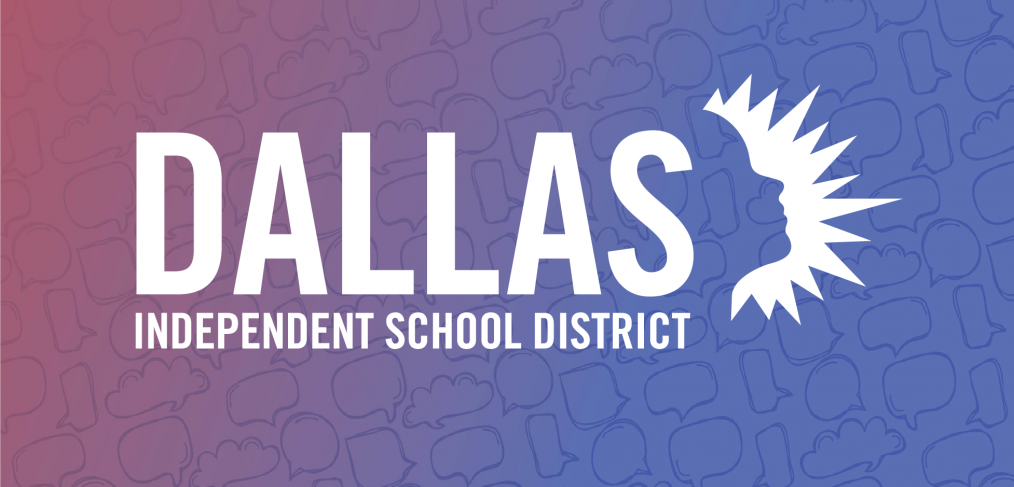
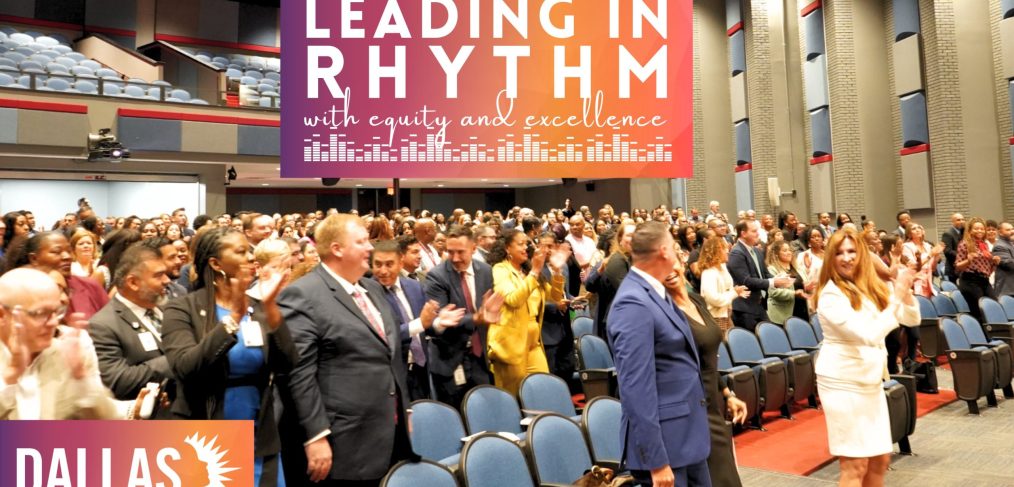
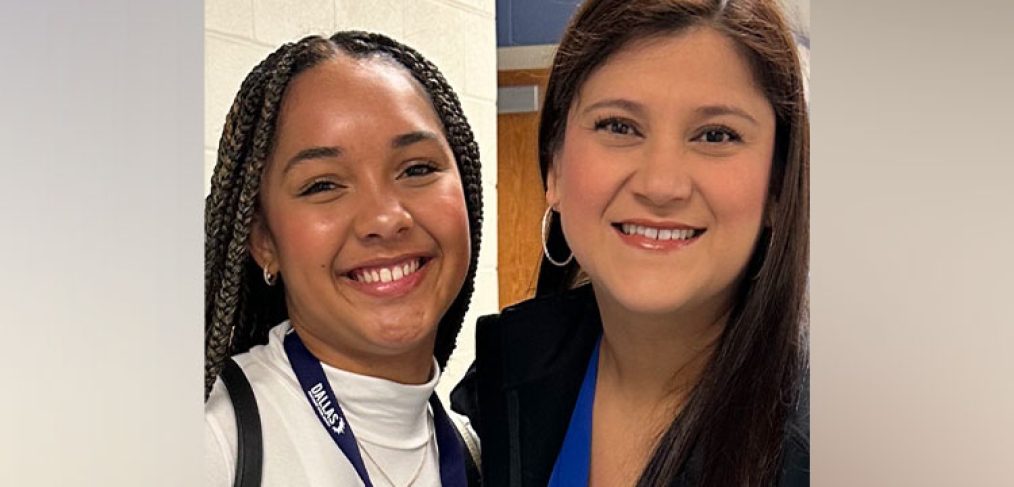

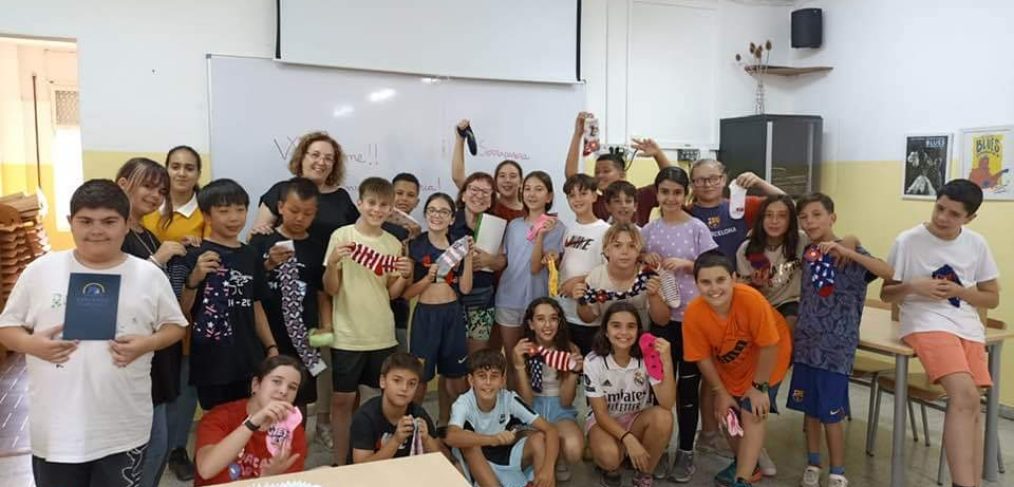
 Calavia’s students also worked on projects centered around art. During the first year of the program, his students took surrealist photos and created a collage. This past school year, students assigned character archetypes to planets in the solar system and created dialogue between them.
Calavia’s students also worked on projects centered around art. During the first year of the program, his students took surrealist photos and created a collage. This past school year, students assigned character archetypes to planets in the solar system and created dialogue between them.